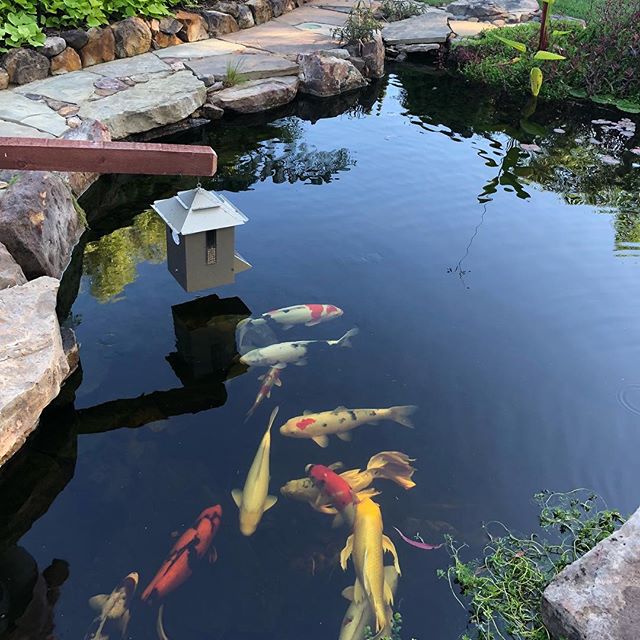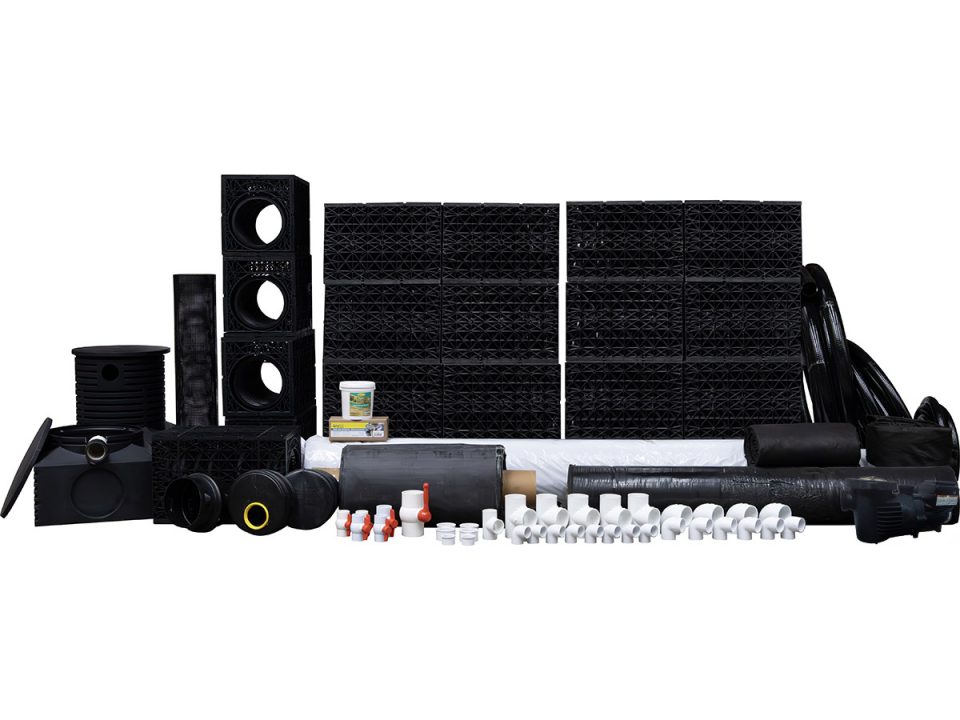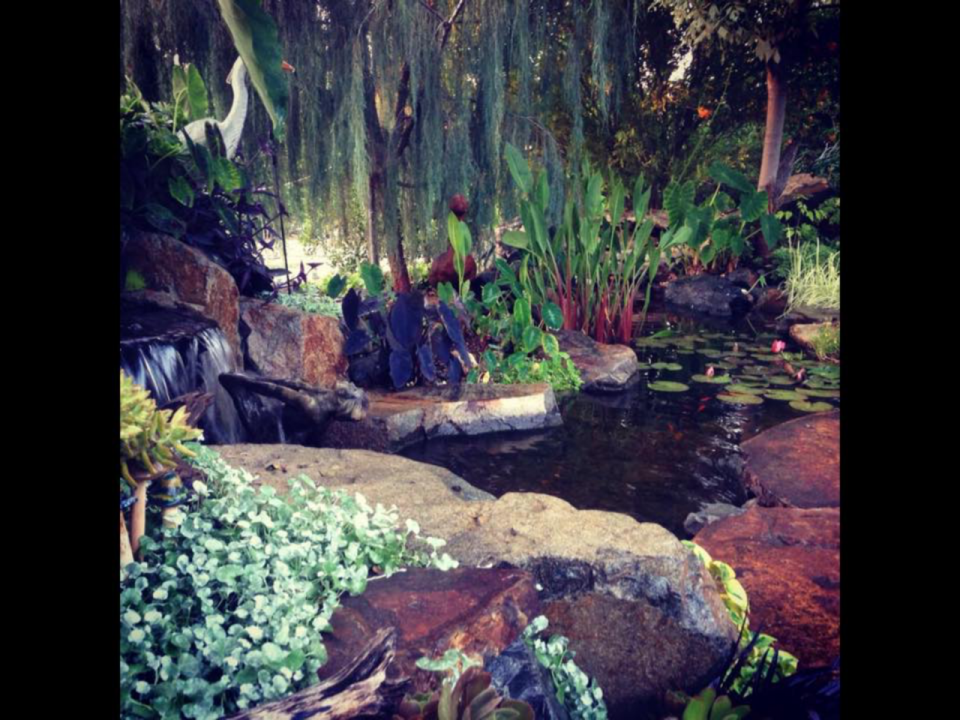3 Winter Time Pond Risks

EXPECTATION, THE MOTHER OF FRUSTRATION
December 15, 2018
TINY CHANGES = REMARKABLE RESULTS
January 13, 20193 Winter Time Pond Risks
The winter can present some very specific risks to your pond that are not a consideration the rest of the year. Temperature drops, reduced circulation, and completely iced over ponds, can be dangerous for your favorite wet pets. Here are some things to watch for and how to keep your fish safe.
 ALL THE LEAVES ARE BROWN
ALL THE LEAVES ARE BROWN 
This time of year, the summer time plants are going dormant or dying, and the winter plants are coming alive. As the summer plants start to lose their greenery, you should trim it all off. Trimming it keeps the greenery from falling off into the pond and decaying.
If the leaves are left to decay in the pond, not only do they create a messy bunch of work for you in spring time, but they also release ammonia into the pond all winter as they decay.
If you have a skimmer that has a the capability of a larger net, now is the time to do the switch. Helix Skimmers have large capacity debris nets that can be put in during fall to help catch the excessive leaf drop in fall.
https://theponddigger.com/
If you are in a zone where you need to shut off your pump for the winter due to the pond icing over, your filter is shut down. If you failed to trim back leaves before they fell into the water, they are now decaying under the ice all winter, without any filtration to manage the ammonia.
This means even more stress on the fish than just the cold, and can create some very toxic water conditions. This is an easy one to avoid with some fall maintenance. Trim those plants back, and if your pond is under trees, net the pond to catch the leaves so they aren’t trapped under the ice too. https://theponddigger.com/
Once the trees are bare, you can remove the net for viewing.
 ICE, ICE BABY
ICE, ICE BABY 
In areas where the winter can cover ponds with ice, you need to maintain an opening in the ice. If the pond is covered in ice, and there is debris on the bottom such as, decaying leaves, fish poop, and leftover fish food, gases can build up under the ice that can be very harmful, even deadly, to your fish.
A hole in the ice gives the gases a port to escape out of, helping to keep your fish safe. The hole can be created a couple of different ways.
The first way, if you’ve read any of our other blogs, you’ll know our favorite, is to add an aerator. https://theponddigger.com/
The tricksy part of using an aerator, is that the diffuser or air stone, should not be very deep in the pond, which is the polar opposite (pun totally intended) of summer time placement.
In the summer, you place the diffuser in the bottom, center, deepest part of the pond for best circulation, and helping to add oxygen. In the winter, the diffuser should be positioned near the surface, to prevent circulation.
Preventing circulation will reduce the likelihood of the diffuser pulling cold water to the lower part of the pond, where the fish are hiding from the cold. Basically, the water is stratified into layers of temperature, with the warmest water at the bottom. The fish stay low in the pond, to be in the warmer part of the water.
You can also put in a de-icer. https://theponddigger.com/
It works like a tiny heater to keep a small spot in the ice open. They are not big enough to actually heat the pond, just keep the ice from freezing right around the unit.
 BABY IT’S COLD OUTSIDE
BABY IT’S COLD OUTSIDE 
Koi are actually incredible when it comes to dealing with temperature changes. They have an amazing system to deal with the cold temperatures of winter. (Here’s where I take you back to high school biology once again. You know you love it!) They develop more mitochondria, which combined with increased enzymatic activity, reduced red blood cells, and nervous system activity, and less water in each cell, allows them to live in very cold water. The trick here is, it takes them about 3 weeks to make all these custom physiological changes.
This means that during the winter, you definitely DO NOT buy a fish for your pond from a fish store that keeps their fish inside. They won’t have all those nifty, cold weather special functions set up, and you can lose them, literally, over night, due to the cold.
In the summer, an indoor fish store probably has tank water temperatures very similar to what your outside pond sits at. But in the winter, they still may be keeping their fish at a toasty 75 degrees, while your pond temp is hovering down in the forties, or lower.
This immediate drop can actually kill your new purchase. Hard as it may be, you should wait until spring to but fish from an indoor store.
Some fish sellers keep their fish in outdoor ponds, just like you. It’s a pretty safe bet, if they are outside, and near you, that their display ponds are a very close temperature to yours. You can feel pretty safe buying from them in the colder months.
Check out The Pond Digger podcast episode 03 – 35% Of Pond Keepers Will Experience this Problem
Listen Now On iPhone, Spotify, or Stitcher
Please Rate, Review, and Subscribe!
For daily pond pro tips follow us on Instagram, Facebook, SnapChat, Twitter, and iTunes where you can catch the podcast
Connect with The Pond Digger:
The Pond Digger on Facebook: www.facebook.com/theponddigger
The Pond Digger on Instagram: www.instagram.com/theponddigger
The Pond Digger on Pinterest: www.pinterest.com/theponddigger
The Pond Digger on Twitter: www.twitter.com/theponddigger
The Pond Digger on Youtube: www.youtube.com/theponddigger
The Pond Digger on Snapchat: www.snapchat.com/add/theponddigger









